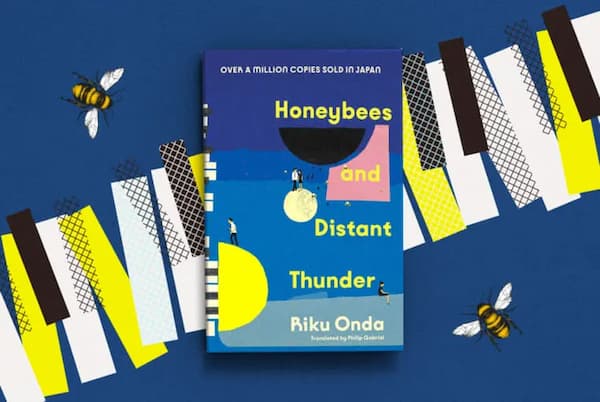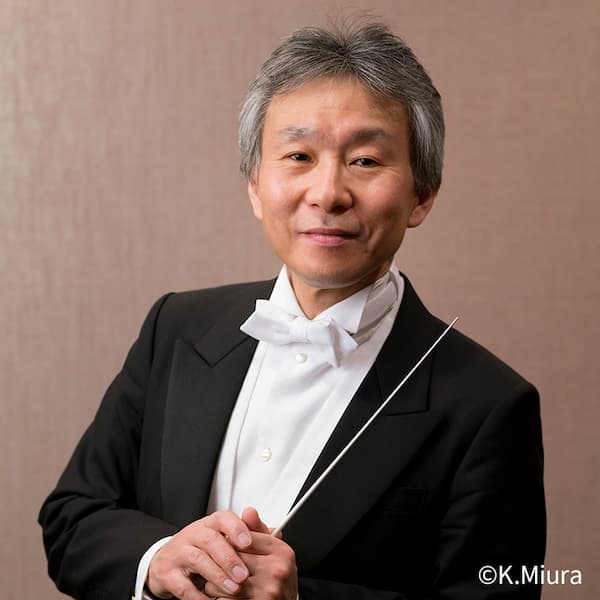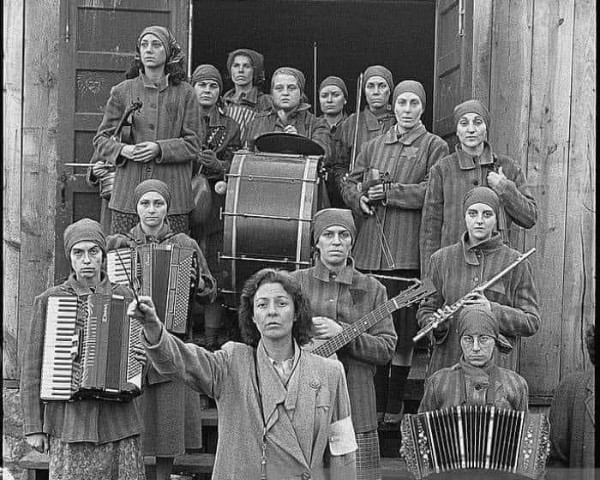Béla Bartók famously exclaimed, “competitions are for horses, not artists!” Well, times have certainly changed, but the intrinsic value of artistic competitions is still hotly debated. After all, there are plenty of competition winners that nobody knows about, and plenty of well-known pianists have achieved international stardom without going the competition route.

Most pianists seem to have a complicated relationship with competitions, and whether “theyta ke the soul out of participating musicians” or “provide invaluable exposure to young talent in a scene brimming with contests” is a matter of conjecture. The fact is, competitions are everywhere, and they are here to stay.
Alexander Gadjiev: Prokofiev Piano Concerto No. 3, “Hamamatsu 2015”
Hamamatsu

Hamamatsu Museum of Musical Instruments
Major piano competitions are named after composers, pianists, countries, and of course, cities. And that brings us to the city of Hamamatsu, the so-called “City of Music.” It is home to the two most important piano manufacturers in Japan, namely Yamaha and Kawai. In fact, arriving on the Shinkansen train at Hamamatsu Station you are greeted by a shiny piano showroom, alternating top-level Yamaha and Kawai instruments every six months.
What is more, the city houses a multitude of facilities and venues that are in service to the development of music and culture. And that includes the Hamamatsu Museum of Musical Instruments, the Shizuoka University of Art and Culture, and the Act City Complex—hosting the competition—which was designed to feature a high-rise tower shaped like a harmonica.
Sergei Babayan: Mozart’s Piano Concerto No. 25, K. 503
Competition and Community

Noriko Ogawa
Hamamatsu initiated an International Piano Competition in 1991 to commemorate the 80th anniversary of the founding of the City. Held every three years, with COVID-19 forcing a temporary break in 2021, the competition welcomes roughly 100 candidates for a duration of three weeks.
And while the competition draws on a deep sense of history and tradition, it also becomes an integral part of the community. For three weeks, the entire city of Hamamatsu reverberates to the sounds of piano music. Competitors who don’t reach the final round can stay with host families and are asked to play in schools, shopping centres, and community facilities. According to Noriko Ogawa, Chair of the Jury, “competitors form life-long bonds and often return in subsequent years.”
Rafał Blechacz: Chopin’s Scherzo No. 1, “Hamamatsu 2003”
Merit

Sergei Babayan
Among the nearly one thousand international piano competitions circumventing the globe, Hamamatsu has quietly established itself as one of the primary frontrunners. We only need to look at past winners to understand why Hamamatsu is one of the most eminent international piano competitions in the world.
The inaugural competition in 1991 was won by Sergei Babayan, fabled pianist and teacher of Daniil Trifonov. Victor Liadov followed in 1994, and Alessio Bax in 1997. In 2000, Alexander Gavrylyuk took home top honours, and the 2003 competition prize was shared by Rafał Blechacz and Alexander Kobrin. Seong-Jin Cho triumphed in 2009, as did Ilya Rashkovsky in 2012. Alexander Gadjiev carried the day in 2015, and most recently, Can Çakmur ascended to the top step in 2018.
Seong-Jin Cho: Winner Recital “Hamamatsu 2009”
Get Ready, Set…

“Honeybees and Distant Thunder” by Riku Onda
The Hamamatsu International Piano Competition has not only discovered some of the major pianistic talents over the last decades, it has also been the inspiration for the novel “Honeybees and Distant Thunder” by Riku Onda. The author immerses readers into the glittering and high-stakes environment of classical piano competitions, detailing the fears and aspirations of four competitors.
Actually, the 2024 Competition has been underway for some time already. The preliminary process, with applicants submitting video-file performances of works by Bach, Beethoven, and études ranging from Chopin to Ligeti, has long been completed and adjudicated. But before it all starts in earnest, everybody can relax and enjoy the opening concert.

Toshiaki Umeda
The Mt. Fuji Philharmonic Orchestra under the baton of Ken Takaseki welcomes the 10th Hamamatsu International Piano Competition winner 2018 Can Çakmur and runner-up Tomoharu Ushida in performances of Saint-Saëns’ “Egyptian” and Schumann’s “A-minor concerto,” respectively. For the Final Stage of the Competition on 23 and 24 November, the Tokyo Symphony Orchestra will be under the expert guidance of Toshiaki Umeda.
Interlude will be on site for much of the 12th Hamamatsu International Piano Competition, so please check back for regular updates.
For more of the best in classical music, sign up for our E-Newsletter
Franz Schubert: Piano Sonata No. 20 in A Major, D. 959, “Allegro” (Can Çakmur, piano)





